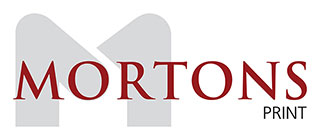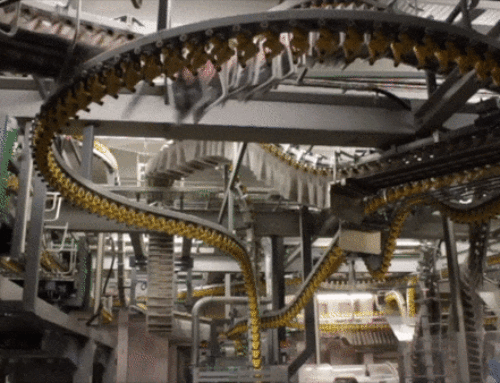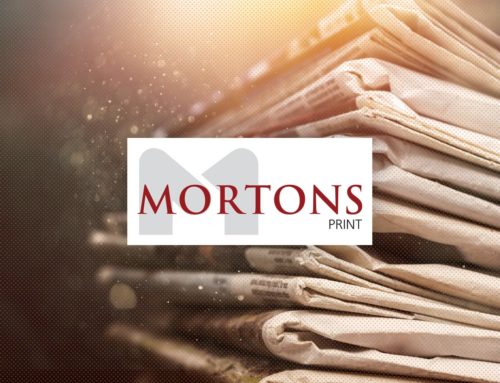The publisher of the Guardian and Observer newspapers aims to break even within three years and launches a new strategy focusing on future growth
Guardian News & Media is to cut running costs by 20% – a little over £50m – in a bid to break even within three years and support future growth.
A faster than expected downturn in print advertising and slower increase in digital revenues, combined with the costs of international expansion, means that the company’s outgoings have outpaced revenues over the past five years.
Executives said that annual operating costs had reached £268m, up 23% over the five-year period, compared with a 10% growth in revenues.
Editor-in-chief Katharine Viner and chief executive David Pemsel have outlined a new strategy to staff that focused on the future growth strategy for the business, as well as adjusting to the market conditions.
Viner said: “Over the next three years, a growing and far deeper set of relationships with our audience will result in a reimagining of our journalism, a sustainable business model and a newly-focused digital organisation that reflects our independence and our mission.”
Pemsel said the new management team needed to safeguard the Guardian in perpetuity as it bridged the transition from print to digital: “Growing the cost base more than revenue is simply not sustainable.
“We need to create a confident and secure footing to then be able to be as innovative and progressive as we’ve always been. I don’t want to just pile on the ‘let’s be innovative and bravely go into this new world’ when the foundation is that fragile.”
With operating losses expected to amount to £53m in the year to the end of March, Guardian News & Media has spent almost £80m in cash in the year.
The cash and investment fund, boosted by the sale of various assets including its stake in Trader Media Group in 2014 currently stands at £735m, down from £838.3m last July.
The might of Google and Facebook in the digital market, combined with structural changes such as the growth of mobile, which is proving harder to monetise than print, has increased the pace of change since last summer.
Print advertising fell sharply in the year by an estimated 25%, and although the Guardian beat this market average, the decline was not offset by digital revenues.
The cost of expanding into the US and Australia has also increased costs. Over the past three years, the group has also appointed 479 more people in both commercial and editorial for a total full time equivalent of 1,960. A third of the new appointments were in the US and Australia, where the Guardian has launched fast-growing websites.
Pemsel was promoted from deputy chief executive last June just after Viner took over from Alan Rusbridger as editor-in-chief.
He declined to confirm rumours of job cuts as further work on costs still needed to be done by department heads.
“It’s very easy to look back and say the Guardian has made mistakes,” he said. “[But] I think the big strategic pillars around the role of membership, the role of the international offices and more and more digital capabilities, if you ask whether they were right, the answer is absolutely yes.”
As part of a strategy for the future called Project 2021, the management team is to focus on enhancing the Guardian’s membership offering, international growth in the US and Australia, and better data management.
Calling the membership plans “integral” to the future of the Guardian, Pemsel said: “This is not a paywall. We do not want to stem our ability to broadcast to a wide audience. But we have put membership at the heart of what we’re doing, the heart of editorial … Something we’re not lacking is a loyal engaged audience.”
The group aims to double reader revenues from £30m to £60m.
On whether the organisation would continue investing in an events space near the newspaper’s King’s Cross headquarters, Viner said: “We are exploring options for Midland Goods Shed. We are considering whether it is still the best thing to do and will let you know over next few weeks.”
Pemsel said a future move from the Guardian’s headquarters is even under discussion, he said, although nothing had been decided.
“Are we moving from King’s Cross? Nope. Are we looking at everything. Yes,” he said.
“I think it’s really important that I say that everything is in scope. In the end, what is most important is the quality of our journalism and the ability to have a plan that builds towards protecting the Guardian in perpetuity.”
As part of the plans, the group expects Guardian Labs, its branded content division launched in 2014, to “make a far, far greater contribution” over the next three years. At the moment the division contributes 16% of all revenue.
Guardian America is also expected to break even within the next three years.
“We need to be an agile, lean and responsive organisation that can respond at pace,” said Pemsel.





